With their tall, elegant spires and bell-shaped blooms, foxgloves (Digitalis purpurea) bring a touch of fairytale magic to any garden. They are beautiful on their own, plus they create a lovely backdrop for shorter flowers and plants.
Native to Europe and now in many parts of the U.S. (zones 5–9), these striking biennials (or short-lived perennials) don’t just turn heads—they also attract pollinators and add height and drama to garden beds. Whether you’re designing a dreamy cottage garden or just want to give your borders a boost, pairing foxglove with the right companions makes all the difference to prevent unnecessary pests and maximize beauty.
Here are some of the best plants to grow alongside foxgloves for a truly enchanting garden display.
What is Companion Planting
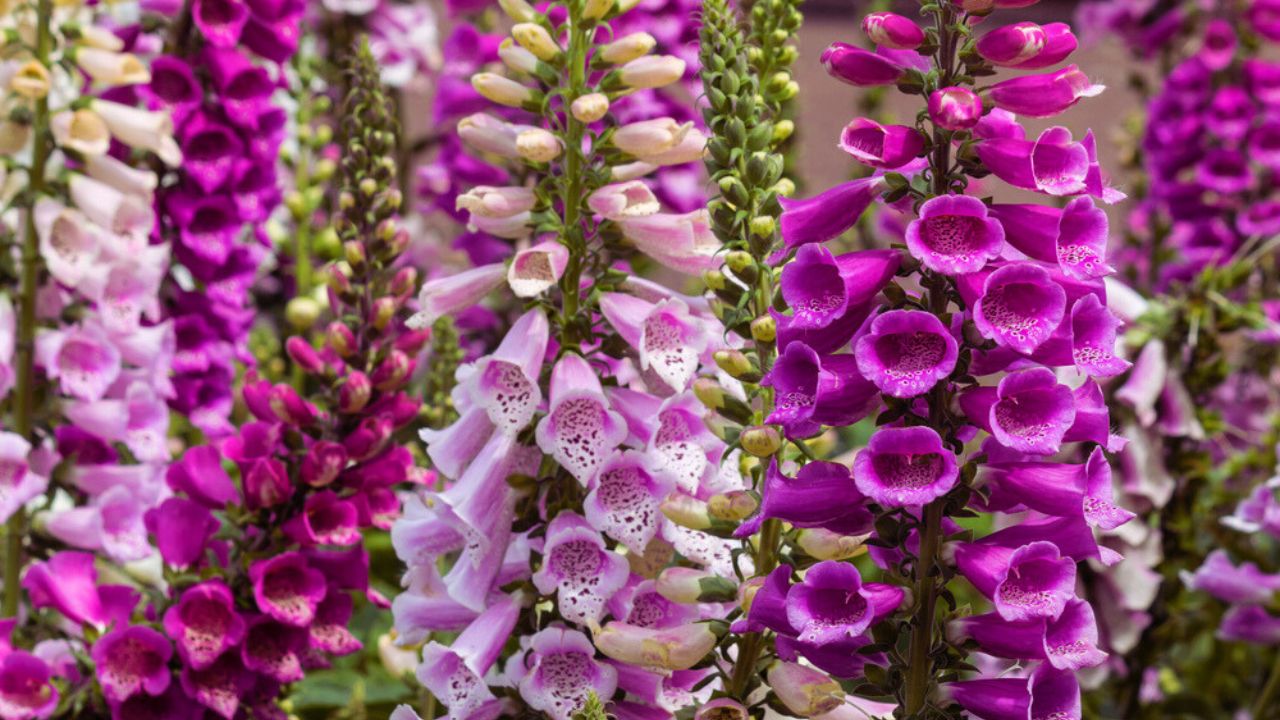
Image Credit: Shutterstock.
Companion planting is a method of growing plants close to each other to benefit from their natural synergies. This technique has been around since ancient times.
It is believed that companion planting can improve soil quality, reduce pest infestations, increase yields, and improve overall crop health. There are several benefits of companion planting, such as increased nutrient uptake, improved disease resistance, and better weed control.
Why Foxgloves Make Excellent Companion Plants

Image Credit: Shutterstock.
With beautiful, tall flower stalks, in colors ranging from white to pink, purple, and yellow, the foxglove blooms are great hummingbird magnets and create a bee-friendly space.
They are perfect for cottage gardens with their tall, showy blooms that can serve as a background for shorter flowers and herbs. They also make a great border plant.
While foxgloves are good for some fruits or vegetables, please keep in mind that they contain digitalis and other cardiac glycosides, which can negatively affect the heart. If you have young children or pets, I’d refrain from planting foxglove plants near edibles.
1. Roses (rosa sp.)
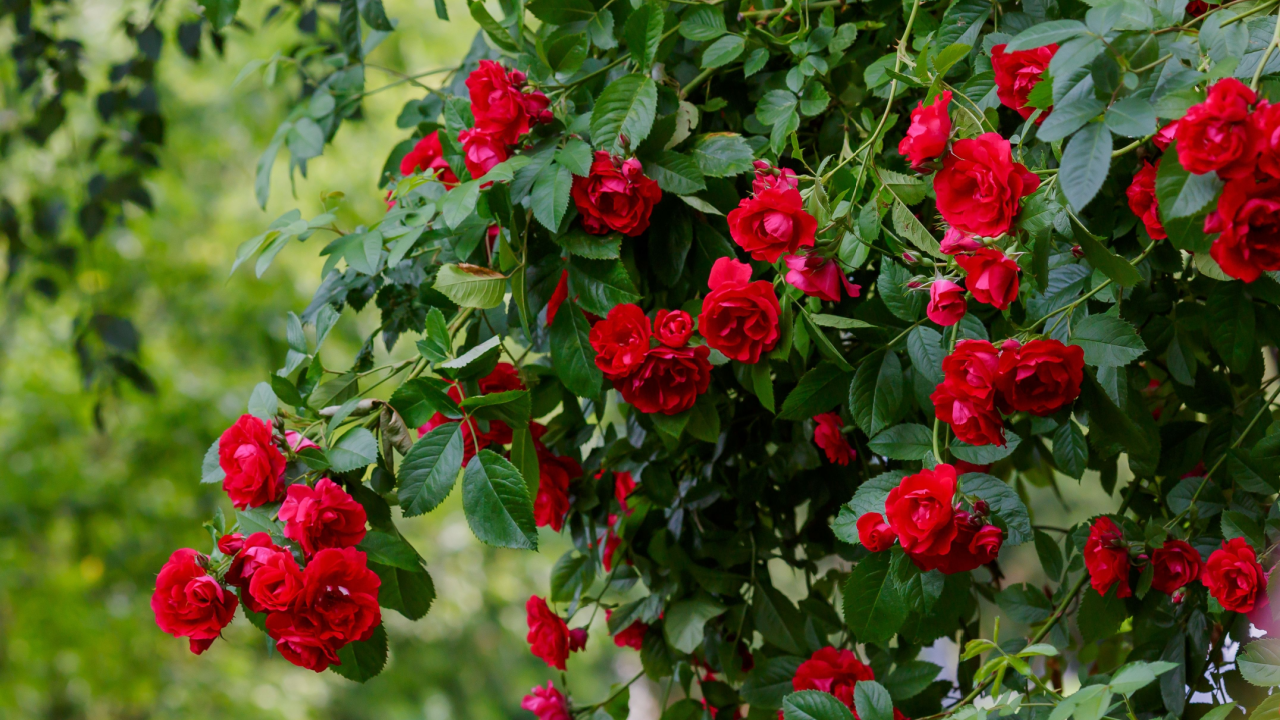
Image Credit: Shutterstock.
Both of these European natives grow beautifully together in any English garden. Also, roses are edible, and they can be used in teas or even cosmetics. Foxgloves provide height and vertical drama, while roses fill in with lush blooms and fragrance, creating a layered, romantic look that’s straight out of a storybook.
2. Lavender (Lavandula angustifolia)
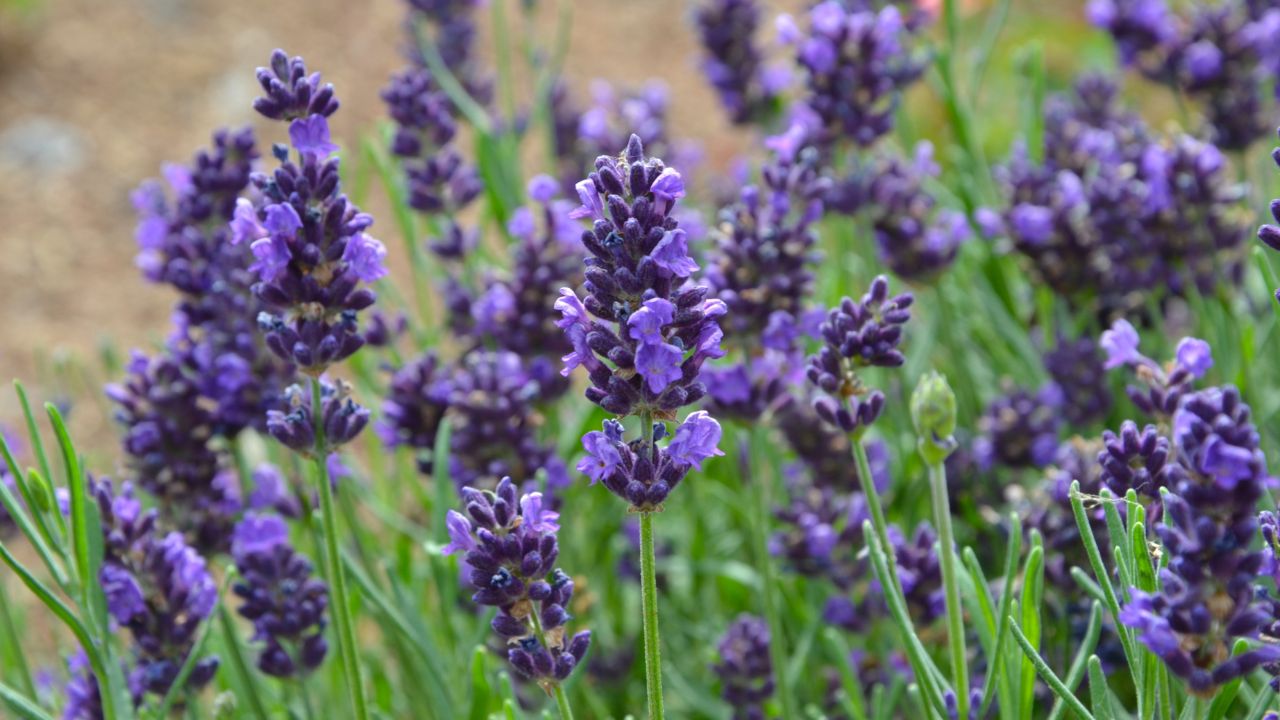
Image Credit: Shutterstock.
For a herbaceous groundcover, lavender pairs well with foxglove and the other companion plants listed, such as rose. Lavender is part of the mint family, and it is a low-maintenance plant that grows in even poor-quality soils. Its fragrant foliage helps deter pests, making it a functional and beautiful addition to any flower bed.
3. Coral Bells (Heuchera)
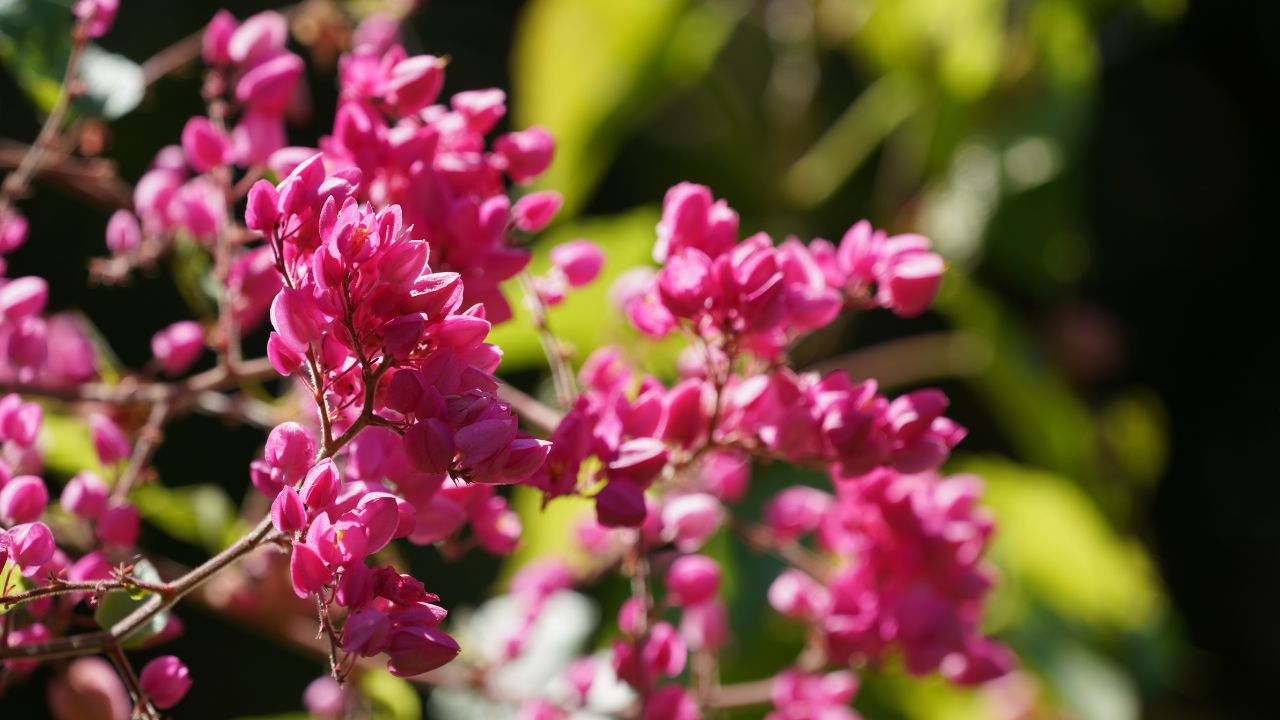
Image Credit: Shutterstock.
Heucheras come in many colors and make a great companion for foxgloves. Their low-growing, colorful foliage creates a striking contrast beneath foxgloves, adding depth and visual interest to your garden.
4. Delphiniums (Delphinium elatum)
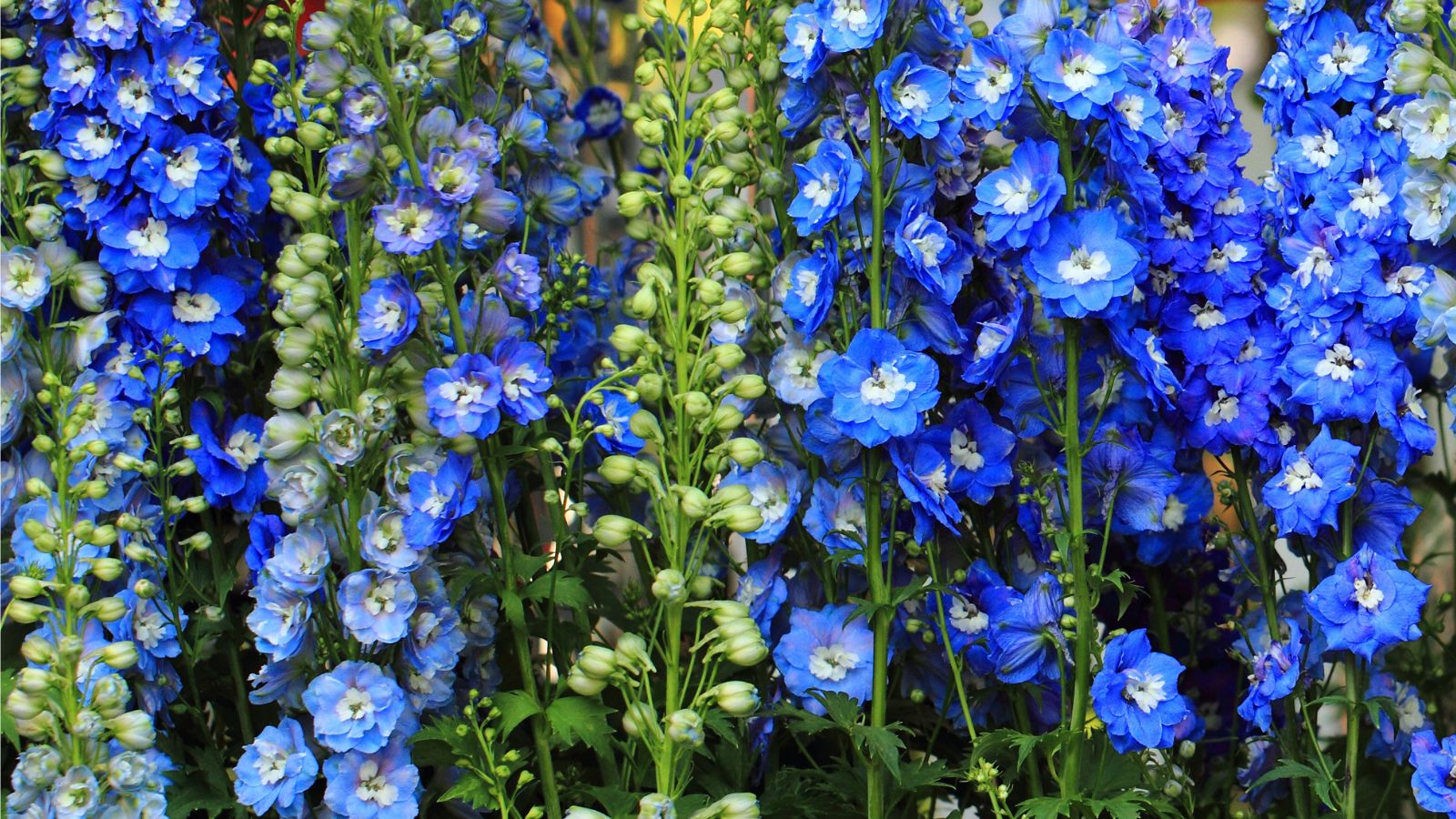
Image credit: Depositphotos.
Not all companions are short. Also tall and spiky, delphiniums look great next to dead men’s bells (another name for foxglove). Their bold blues and purples complement the soft hues of foxglove, creating a dramatic vertical display that draws the eye upward.
5. Snapdragons (Antirrhinum)
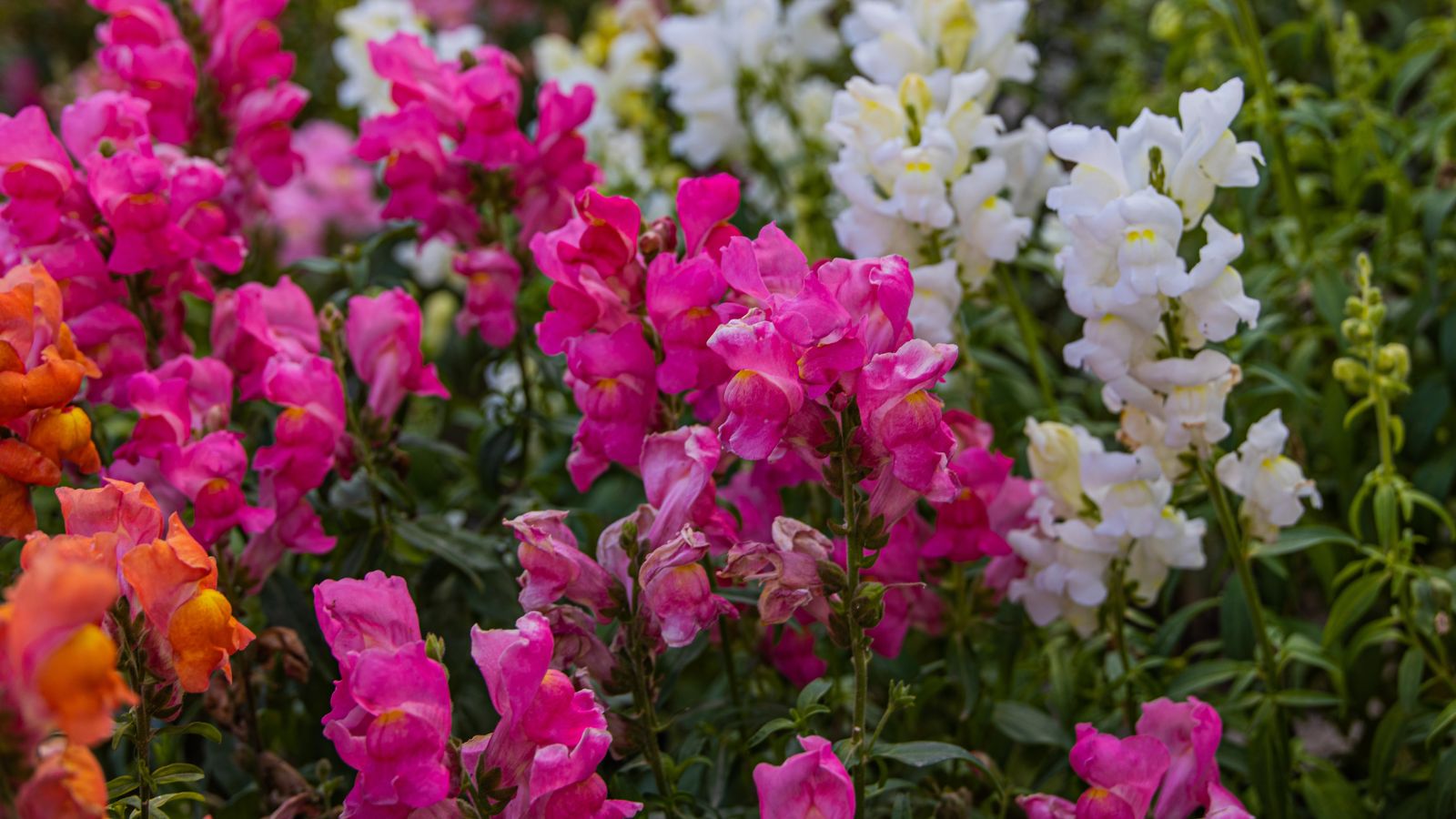
Image Credit: Depositphotos.
Do you see a theme? Foxglove flowers look great with other tall bloomers. Snap dragons are eye-catching on their own. Together, these flowers create a layered effect and continuous blooms that keep your garden looking vibrant all season long.
6. Iris

Image Credit: Shutterstock.
I LOVE this delicate combination of pink foxgloves and purple iris! Give it a try in your perennial garden. They both thrive in similar growing conditions—full sun to partial shade and well-drained soil—making them an easy, reliable pairing for any perennial garden.
7. Cherry Trees
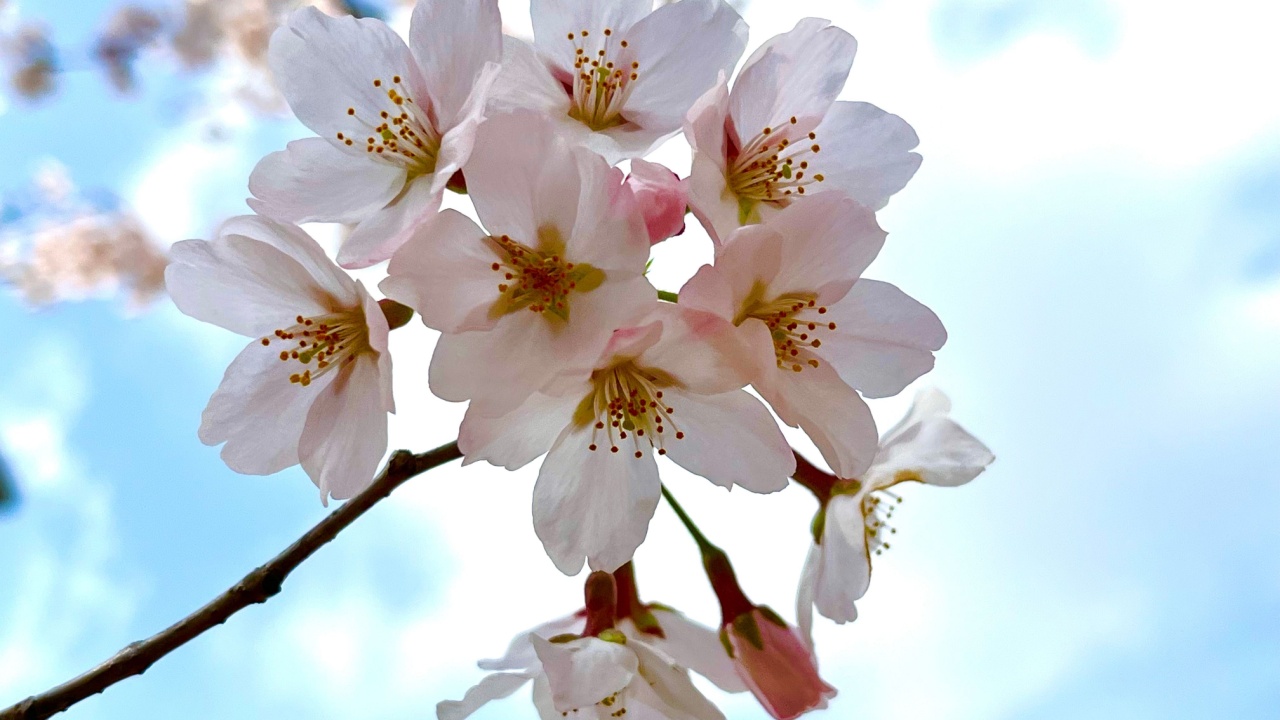
Image Credit: Shutterstock.
Any trees that grow in zones 5-9 can grow well with foxgloves. They will have a symbiotic relationship, with the trees providing adequate shade for the foxglove, and their flowers will attract pollinators to the tree’s fruit.
One such tree is the cherry tree. Cherry trees and similar stone fruit trees require similar water and soil requirements as the foxglove, so they can grow well together. When they are planted together, the cherries will have a higher yield as the foxgloves will attract many pollinators.
8. Apple Trees

Image credit: YAY Images
Apple trees of any variety will benefit from being planted with foxgloves. The fruits will be healthier due to the fungicidal properties of the foxglove plant, and there’s also the benefit of having bees around for pollination.
9. Ferns (Tracheophyta)

Image Credit: Deposit Photos.
If you’re looking for some low-maintenance foliage that grows well with foxgloves, ferns might be a great choice. They are fantastic, green, grassy plants that grow wonderfully with foxgloves. The vibrant flowers of the foxglove really stand out among the ferns.
Grassy plants such as sedges (carex), or Deschampsia can also make good companions for foxgloves. They also help to create a tapestry effect in the garden like ferns do.
FAQs About Foxgloves

Image Credit: Shutterstock.
What flowers go well with foxglove?
What can you not plant with foxgloves?
Also, low-growing ground covers like alyssum, periwinkle, or creeping phlox wouldn’t look good with the tall stalks of digitalis.



Companion Planting Guide (Including 7 Benefits Of Polyculture)
Wednesday 1st of June 2022
[…] Companion plants for foxglove […]